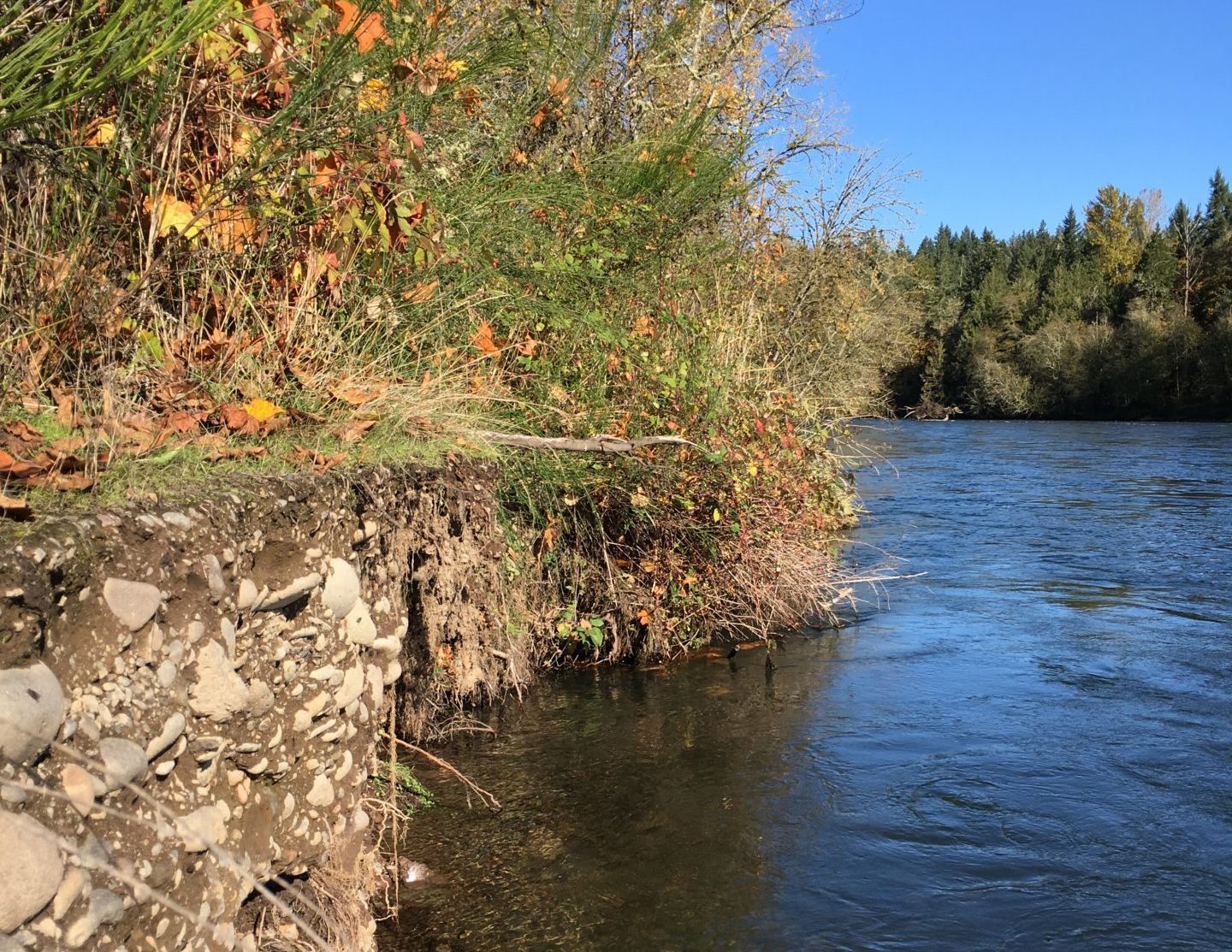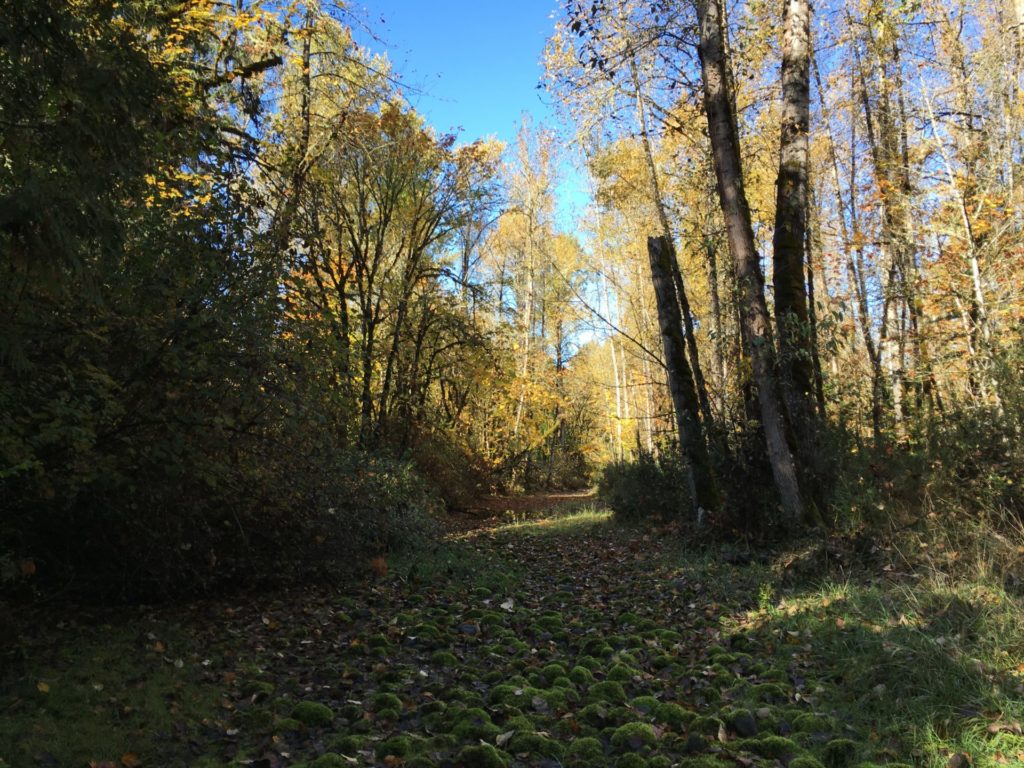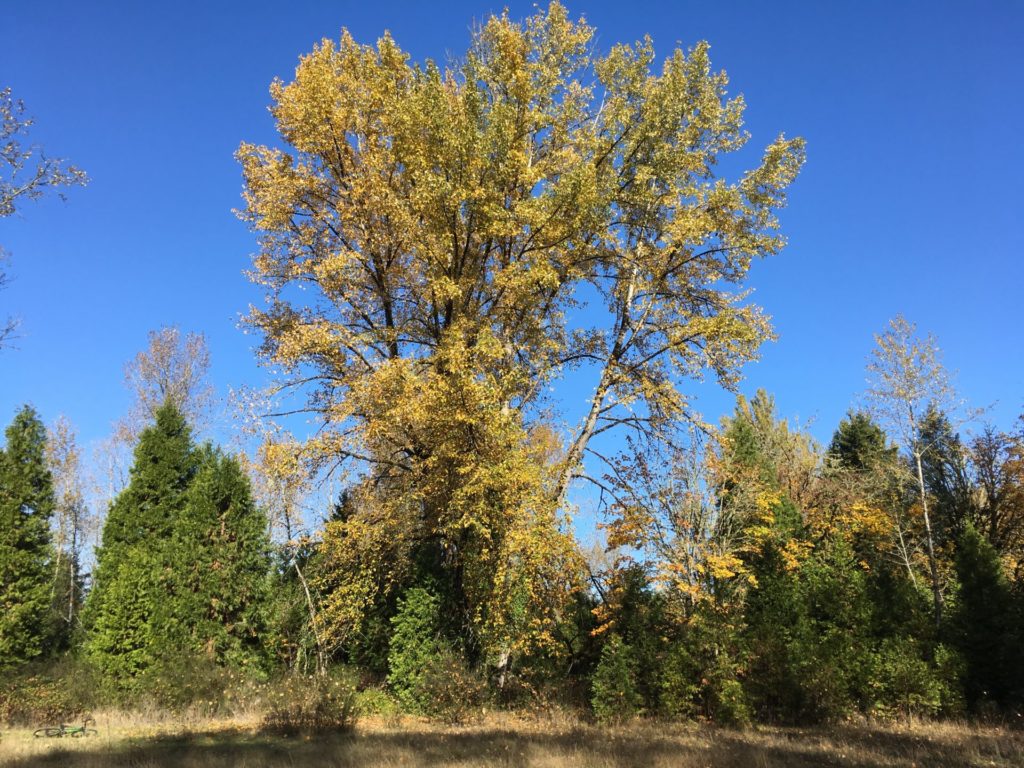Elijah Bristow Floodplain restoration

Why is Restoration needed?
Elijah Bristow is a beautiful park brimming with plants, animals, and recreational activities. So, why the need for restoration? Historically this stream should be fanning out across the floodplain and creating diverse habitat for fish and wildlife. However, due to human-caused changes over the past several decades, the Middle Fork Willamette was confined to its channel and, therefore, flowing fast like a fire hose which altered the natural stream processes and reduced the quality and diversity of the habitat. We hope to help restore our river and provide improved habitat for fish and wildlife, dampen flood events, improve water quality, and increase the resiliency of our park.
To the naked eye the park looks pristine, but it has actually been greatly affected by different forces over the years. With the building of Dexter Dam in 1954 the river became predictable, but this also meant that the sediments and woody debris couldn’t make it below the dam. The sediments were important food sources for the insects at the bottom of the food chain and the woody debris provided places for the fish to hide and pools for fresh water mussels to grow.
In the 1960’s and 70’s this stretch of river was used for gravel mining. In order to mine the gravel large pits were dug and debris piles created. You can see evidence of this along the River Trail, many of the small ponds are actually gravel pits and regularly shaped mounds covered in light vegetation are the debris piles. The mining operation also created dikes to control the water, creating the single channel (or dual channel) river we see today.
Our goals with restoration are to reconnect the floodplain and let it meander, spread out, and create new paths. We will be working with community members, partners, and park users to create the plan for restoration. Sign up below to stay informed about the project and get involved.



A Unique Planning Process
Elijah Bristow State Park is a unique and wonderful place, and because of this we are embarking on a unique method of planning for this restoration project that prioritizes community input throughout the planning process. We have compiled a team of technical advisors from a vast array of fields, but we are also going to create Community Advisory Committee made up of community members. The technical team will help us with the scientific aspects and tell us what we can do, the Community Advisory Committee, along with local landowners, will help us determine what we should do. We will also provide opportunities throughout the process for other community members to provide input. If you aren’t able to attend any of our events we will be recording (either through video or written notes) all of our public events here. Check back regularly to learn more.
Virtual Tour
Take this virtual tour of Elijah Bristow State Park and hear from Park Ranger, Sean Stewart, about what makes this park special and how restoration could help enhance these elements. You can take the tour from home, or bring it with you to the park and follow along as you walk the trail.
Virtual Talks
Throughout this process of community engagement and restoration planning, we will be sharing talks with experts on historical and ecological aspects of the park. You can find those talks on our YouTube channel under the Elijah Bristow State Park playlist. We hope you enjoy!
Event Notes
Notes, including questions and any pertinent images will be shared from all of our community events.
get involved
We will be reaching out to all the people who love this park like we do to help craft this new ecological vision for the park so stay tuned for more information on how to get involved! Sign up for our newsletter to get the most up to date information on this project and upcoming engagement opportunities. We will also keep this page updated as new opportunities arise.
